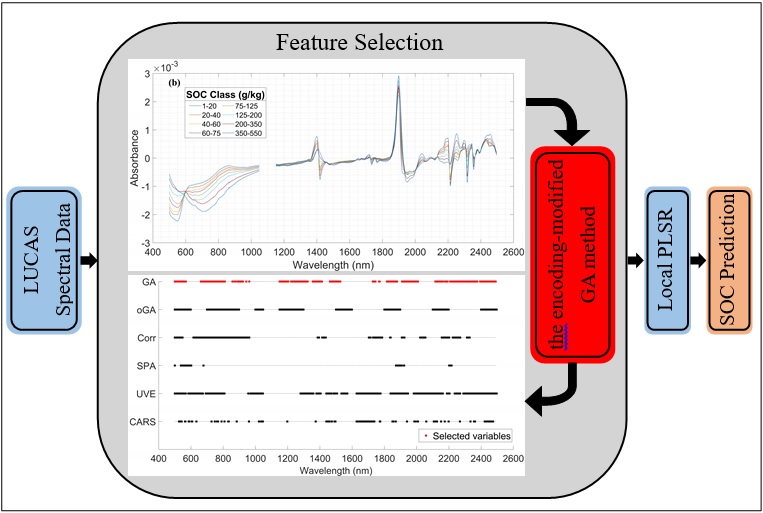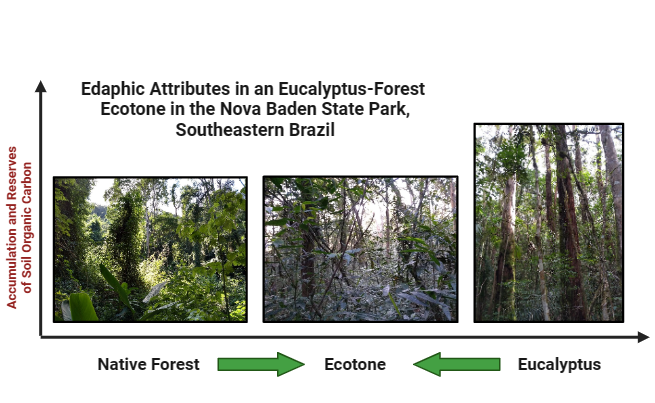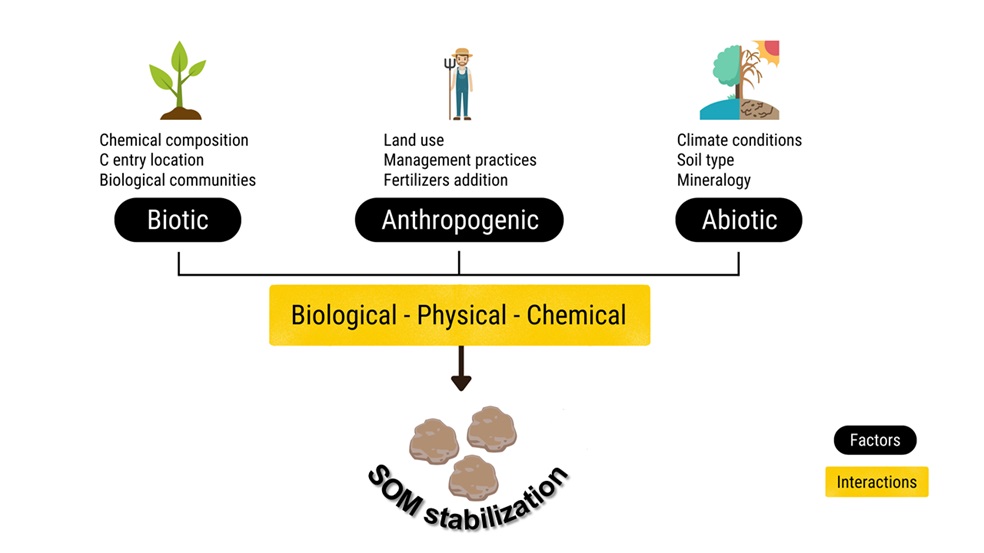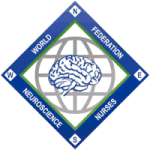Estimation of soil organic carbon content by Vis-NIR spectroscopy combining feature selection algorithm and local regression method

HIGHLIGHTS Estimation of soil organic carbon content using Vis-NIR spectroscopy. Compare different feature band selection methods. Improvement of the way genetic algorithms are coded. ABSTRACT Soil organic carbon (SOC) content is a critical parameter for evaluating soil health. However, high redundancy and invalid information in soil hyperspectral data can reduce the accuracy and stability of SOC prediction models. This study developed a global partial least squares regression (PLSR) model and a local PLSR model for agricultural soils in the LUCAS 2015 database. Some variable selection methods were combined with the regression models and their effects on prediction accuracy were explored. In addition, when the genetic algorithm is utilized for spectral feature selection, we obtained a more representative spectral subset through a novel coding approach. The results illustrated that the best SOC estimation accuracy was achieved by the local PLSR combined with a coding-improved genetic algorithm (GA), with R2 of 0.71, RMSEP of 5.7 g kg-1, and RPD of 1.87. This study demonstrates that appropriate spectral band selection only slightly enhances the model performance of both global and local regressions, as PLSR models using the full spectrum show similar performance. Local PLSR models consistently outperform global ones using full spectrum or variable selection algorithms.
Edaphic properties in a eucalyptusforest ecotone in the Nova Baden State Park, Southeastern Brazil

HIGHLIGHTS State parks are integral protection units created to protect ecosystems. Studies on soil properties in ecotone areas are still scarce. Higher litter and soil organic matter content were observed in eucalyptus area. Edaphic properties in the ecotone area were more similar to orest fragment. Biogenic aggregates showed highest organic carbon values and its fractions. ABSTRACT State parks are integral protection units created to protect ecosystems. However, anthropic activities may have been previously performed before their creation, forming transitional areas. Studies that evaluate the modifications of edaphic properties in these environments are scarce. The aim of this study was to evaluate the changes in soil properties and litter stock in areas of eucalyptus-forest ecotones. Litter stock (Stocklitter) and total soil organic carbon content and stock (TOCsoil), weighted mean diameter (MWD), origin of aggregates (biogenic or physicogenic) and respective content of total organic carbon (TOCBio and TOCPhy), total organic carbon (TOCAG), soil organic matter chemical fractions [fulvic acid (FAC), humic (HAC), and humin (HUMC)], and particulate, mineral-associated, free light and intra-aggregate light (POC, MAOC, FLFC, and ILFC) soil organic matter, fertility, and glomalin-related soil protein (GRSP) fractions were evaluated in aggregates (layer 0.00-0.10 m) in areas of eucalyptus-forest ecotone (Eco), preserved forest fragment (For), and eucalyptus plantation (Euc), in Nova Baden State Park, Lambari–MG. In the Euc and Eco areas, the highest Stocklitter content was found. Higher values of TOCsoil, TOCAG, GRSP, and MWD were observed in the Euc area. In the biogenic aggregates, the highest content of TOCBio, HAC, HUMC, POC, MAOC, FLFC, and ILFC was determined in detriment of the physicogenic ones. The dynamics of edaphic properties in the Eco area showed greater similarity with the For area than in the Euc area. In general, all vegetation covers contribute to the maintenance of soil quality.
Stabilization of organic matter in soils: drivers, mechanisms, and analytical tools – a literature review

HIGHLIGHTS Biochemical recalcitrance lost prominence as the physical protection and organo-mineral interaction mechanisms were investigated. Soil fauna has a prominent role in decomposition and SOM stabilization across various scales. Micro-scale analytical techniques, including those based on synchrotron radiation, propped the advances in mechanistic understandings of SOM stabilization. Further research of SOM dynamics in the tropics is critical to the inception and implementation of management systems that favor C sequestration to mitigate climate change. ABSTRACT Soils are the largest terrestrial carbon (C) reservoir, and most of this C is retained as soil organic matter (SOM). Due to its ability to capture, stabilize, and store C for extended periods, soils are considered important allies in decarbonizing the atmosphere. The term ‘C stabilization’ includes a series of mechanisms or processes by which soil C is protected within soils and its losses are reduced through microbial decomposition or leaching. Due to their relevance in the global C cycle, C stabilization mechanisms have received intensive attention from the scientific community. As new analytic technologies push the boundaries of what was previously possible to know, new paradigms emerge. This literature review summarizes the current knowledge of the main mechanisms that may promote SOM stabilization. Factors that govern accumulation of SOM are also addressed. We highlight the role of organo-mineral associations and spatial inaccessibility of SOM due to occlusion within soil aggregates to understand the relative contribution of these mechanisms in different soil conditions (e.g., soil texture, mineralogy, and land- use). In addition, the contribution of cutting-edge approaches and analytical techniques to advance the understanding of SOM protection is presented. Modern techniques to evaluate SOM on a micro, nano, and molecular scale can contribute to the mechanistic understanding of SOM stabilization and the study and adoption of management strategies that maintain and increase C stocks in soils.





